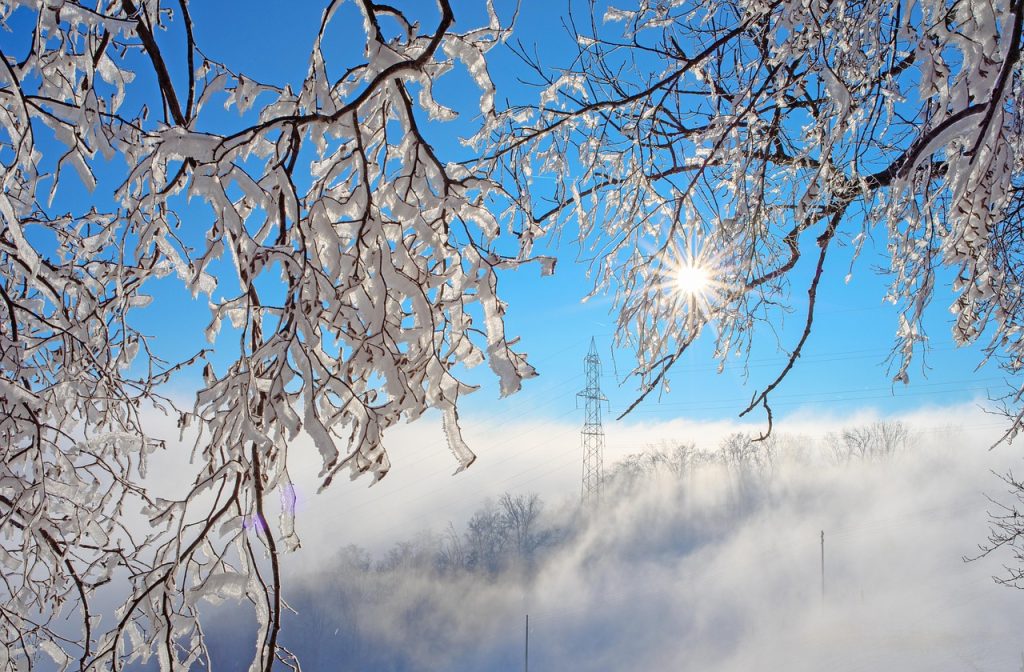Austria is experiencing unusual weather records this September, with rainfall, snowfall, and gale-force winds significantly exceeding the average values in many regions.
Thousands of households without electricity
According to Geosphere Austria, the amount of rainfall over the past few days has already significantly exceeded average September values in some regions. In the Upper Austrian town of Weyer (Steyr-Land district), over 185 liters per square meter fell from Thursday to Saturday afternoon, compared to around 140 liters per square meter in an average September. The amount of snow and the wind peaks were also quite remarkable.
It will continue to rain on Saturday evening and into Sunday in most of Austria. The main focus of the rain will continue to be in the north and east of Austria, Geosphere Austria reported in response to an APA inquiry. The snow line is between 1,200 and 1,600 meters. The wind will remain strong and stormy.
Sometimes, there is more rain than in an average September
On Sunday, it will rain mainly in the eastern half of Austria, focusing on the northern edge of the Alps, from the Salzkammergut to the Mostviertel and the Vienna Woods. The wind will remain strong and stormy, especially in the east. Sunday will be sunny at times, with, at most, brief showers in Vorarlberg, the Tyrolean Oberland, East Tyrol, and Carinthia. On Monday, it may still rain occasionally in most of Austria, especially on the northern side of the Alps. The snow line will rise to 2,000 meters or higher. The wind will remain strong and stormy, especially in the east. Only on Tuesday will the rain become weaker and less frequent everywhere, and the wind will die. Wednesday should then also bring no more widespread rain but only regional showers. At least occasionally, the sun will appear again on Wednesday.
In terms of rainfall over the last few days, according to Geosphere Austria, around 130 millimeters of rain have been recorded at the Freisaal measuring station in the city of Salzburg since Thursday, with one millimeter equating to one liter per square meter. Normally, an average of 140 millimeters falls in an entire September. In Bad Aussee in Styria, it was 127 millimeters (September average 140 millimeters); in Kufstein in Tyrol, also around 127 millimeters (average 120 in September); in Linz, 128; and St. Pölten around 129 millimeters (each with 70 millimeters normally in a whole September). More than twice as much rain as normal in the whole of September was measured in Litschau in Lower Austria (Gmünd district) with 143 millimeters (compared to 70 normally) and in Retz in the Weinviertel with around 115 millimeters (compared to 50 normally).
75 centimeters of snow on the Feuerkogel
There was also more rain than normal throughout September at the Vienna measuring stations Mariabrunn (105 millimeters compared to 80 normally) and Hohe Warte (76 compared to 60 on average). So far, the most rain has fallen in Schwarzau im Freiwald (municipality of Harbach/district of Gmünd), with 218 liters per square meter since Thursday. There were no comparative values for an average September, as the measuring station is too new.
At the Feuerkogel weather station in Upper Austria at 1,618 meters above sea level, the Geosphere recorded 75 centimeters of fresh snow; in Warth am Arlberg in Vorarlberg at 1,478 meters above sea level, it was 43 centimeters. On the Katschberg in Upper Austria (1,635 meters), it was 28 centimeters, and 25 centimeters on the Villacher Alpe in Carinthia (2,115 meters). Still, 13 centimeters in Ramsau am Dachstein in Styria at 1,207 meters above sea level.
Record-breaking wind peaks
The wind was record-breaking in some places, with the highest peaks in September since the start of the respective measurement series. At the Kölnbrein dam in Carinthia, at 1,916 meters above sea level, 146 kilometers per hour were measured. At the mountain station of the Rax in Lower Austria, at 1,547 meters above sea level, it was 124 kilometers per hour, thus the highest September value since records began in 1995. 104 kilometers per hour were measured in Vienna at the Jubiläumswarte (450 meters). Almost 110 on the Hohe Wand in Lower Austria (937 meters; also a September record since records began in 1993). In Gumpoldskirchen in Lower Austria, there was also a September record since records began in 1991 with 99 kilometers per hour. In Eisenstadt, this was the case with 97 km/h (records began in 1984).
Wiener Neustadt in Lower Austria recorded almost 107 km/h with 98 km/h. Winds of up to 89 km/h were measured on the Hohe Warte in Vienna and 104 km/h in Hartberg in eastern Styria. Another September record was the 84 km/h in Obervellach in Carinthia, where wind speeds have been recorded since 1988. In Kremsmünster in Upper Austria, it was 93 kilometers per hour.
Thousands of people are likely to be left with nothing again
The Red Cross currently has 2,500 to 3,000 employees working every day at the weekend—80 percent of them voluntarily.
Federal rescue commander Gerry Foitik said in a statement on Saturday: “We fear that the same people who were affected by the flood of the century in 2002 will be left with nothing again. Around 3,000 people will have to leave their homes and apartments to get to safety.”
- source: APA/Red/picture: screenshot, heute.at
This post has already been read 2076 times!



